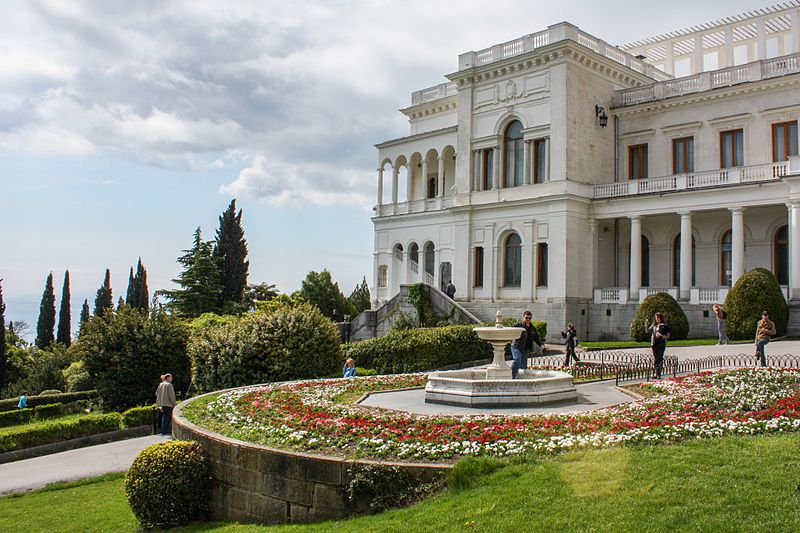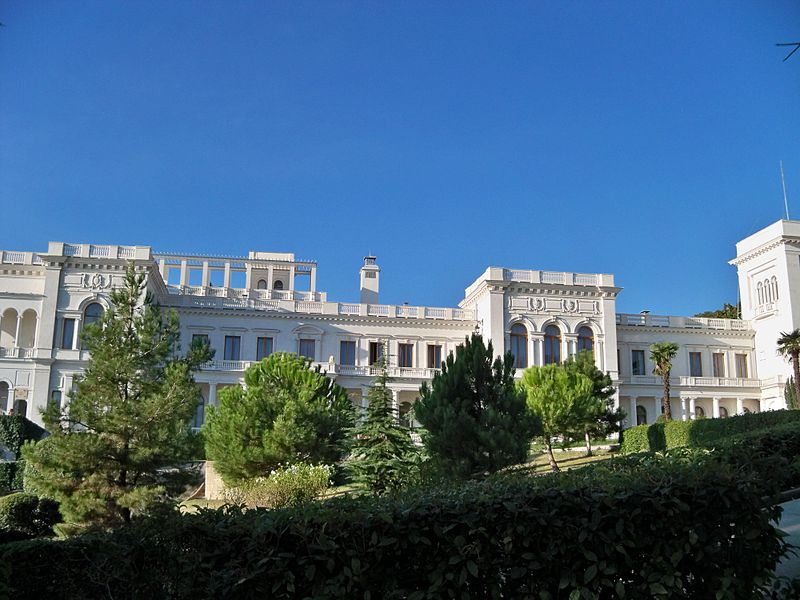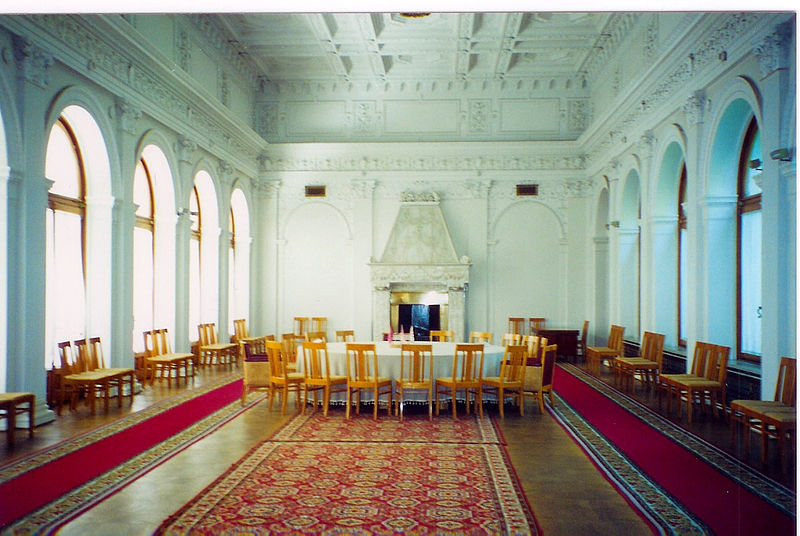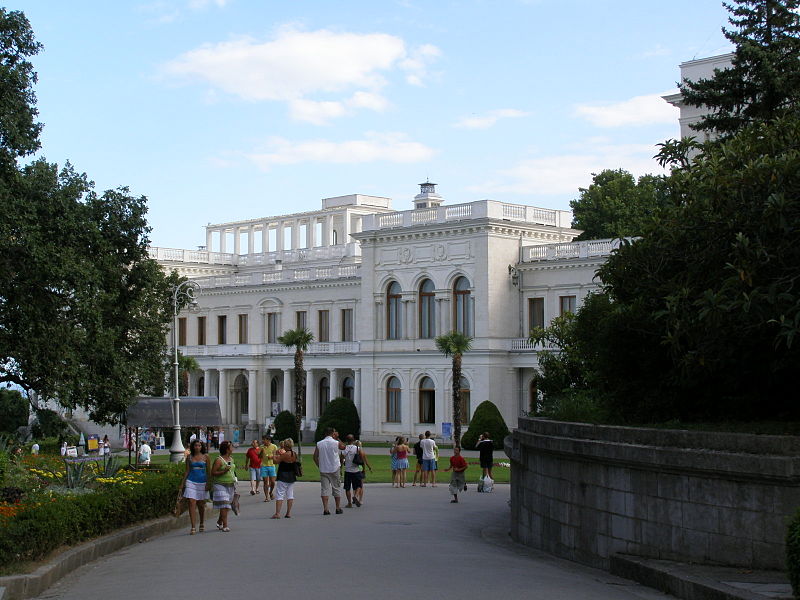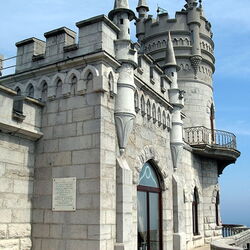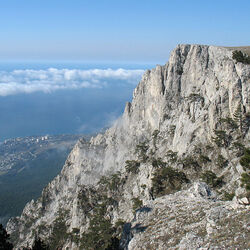Livadia Palace
Livadia Palace is one of the residences of the rulers of the Russian Empire, located near Yalta. It was here in 1945 that the fateful Yalta Conference of the Allied Powers took place, which decided the order of the world after World War II.
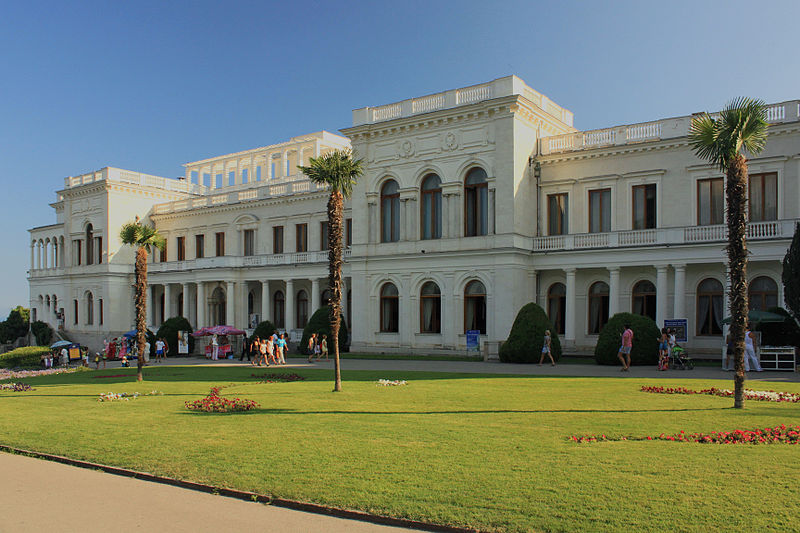
The history of this area began in ancient times, when Greek settlers arrived here and settled on the slopes of Mount Magobi. In those days, there were huge meadows all around, and that's how the name of the territory came about. Livadion means "lawn" in Greek. After the war with the Turks, the Crimean peninsula was ceded to Russia, and Empress Catherine II presented Livadia to the Greek Lambros Katsonis in 1783. For his bravery in the fight against the Turkish ships, he was given the position of captain and a noble title. Katsonis settled the lands and laid out large plantations of vineyards on them, from which he produced alcohol. After his death, the lands were transferred to the commander of the Greek battalion, Theodosius Reveliotis, who continued the work of his predecessor.
Over the years, the popularity of Crimea as a resort only grew, and Count Lev Severinovich Potocki, who bought these lands in 1834, and built his estate, a greenhouse, and also began to lay out a landscape park, turned his attention to it. In 1861, the estate passed to the imperial family. Reconstruction also began under the direction of architects Nikolai Krasnov and Hippolyte Monighetti. According to Monighetti's plan, the house was rebuilt into the Livadia Palace, the Heir's palace, the Holy Cross Church, the kitchen and the Retinue House were built. In 1910, the Grand Palace was demolished, and a White Palace was built on its site. About 4 million gold rubles were spent on its construction. Around the same time, the Page Corps, a palace for Minister Fredericks, was built.

During the First World War, the palace was occupied by the German army and began looting the palace, only six months later they were knocked out by the White Guards with the help of the Allies. After the end of the civil war, a sanatorium was opened in the Palace of the Emperors, and later it was transformed into a climatic treatment plant.
In 1974, two branches with exhibitions were organized in the Livadia Palace. In 1993, the palace was given the status of a museum and compositions about the life of the imperial family were placed. Currently, there is an exhibition dedicated to the Yalta Conference on the ground floor of the Livadia Palace. On the second floor there are private rooms of Nicholas II and his family members with exhibitions where you can find out how members of the imperial family lived and rested.
